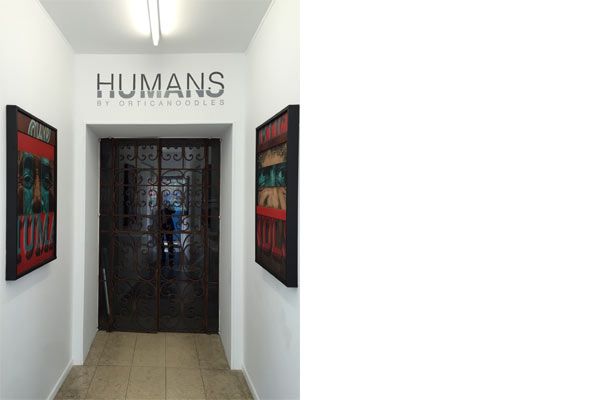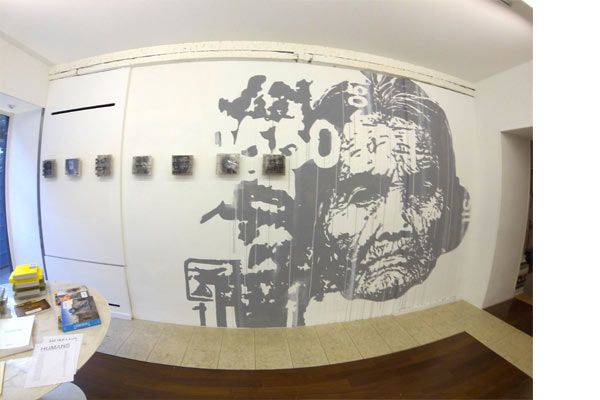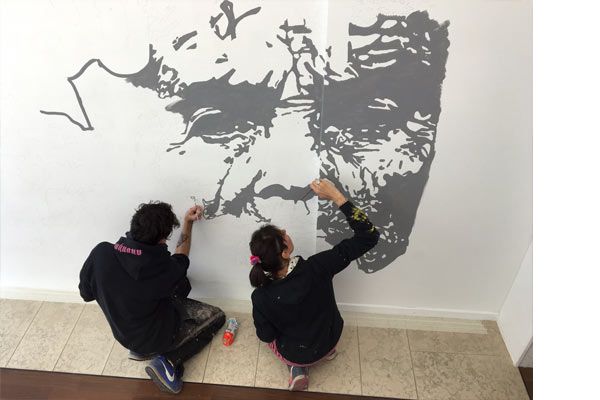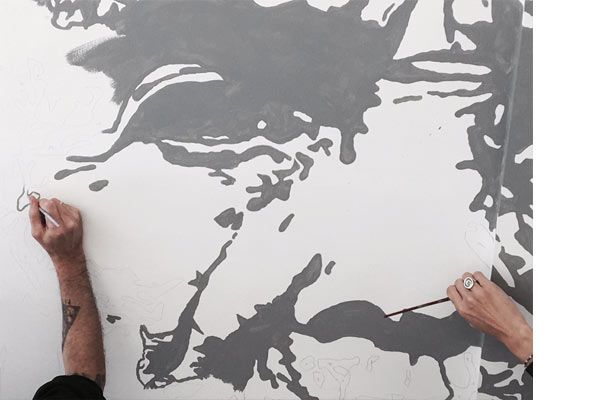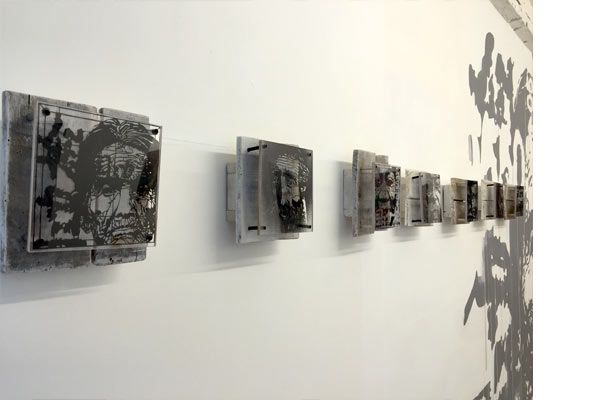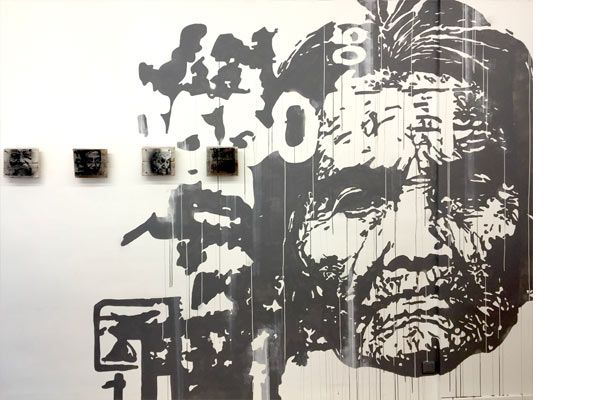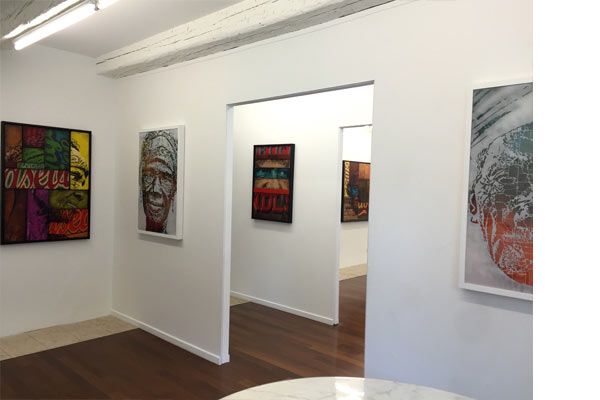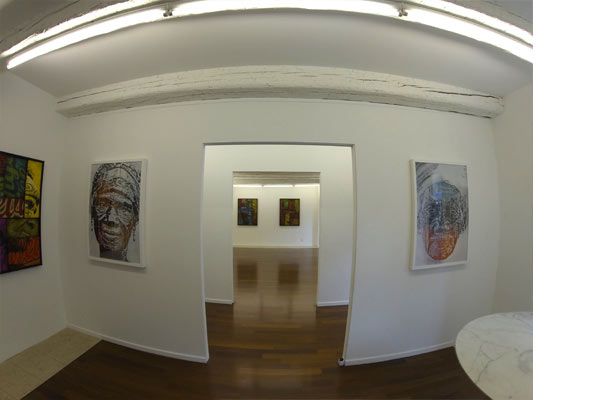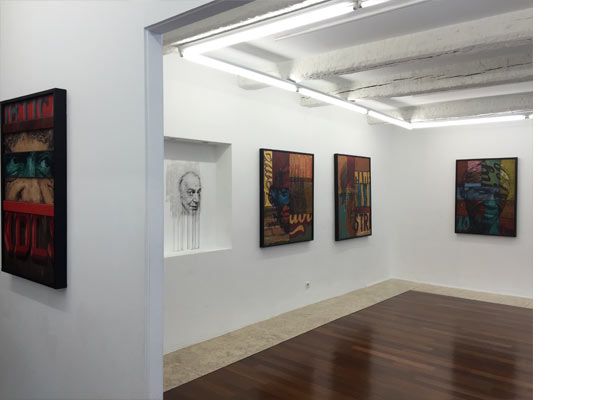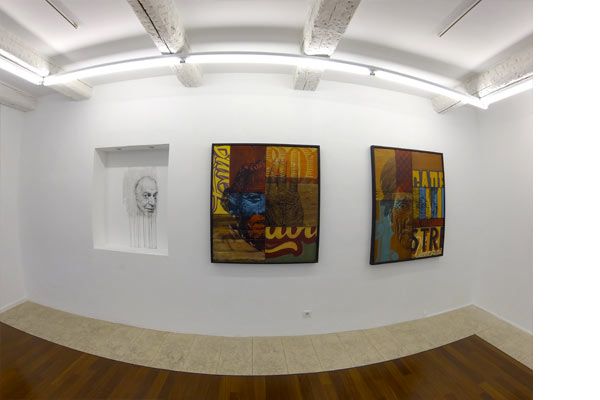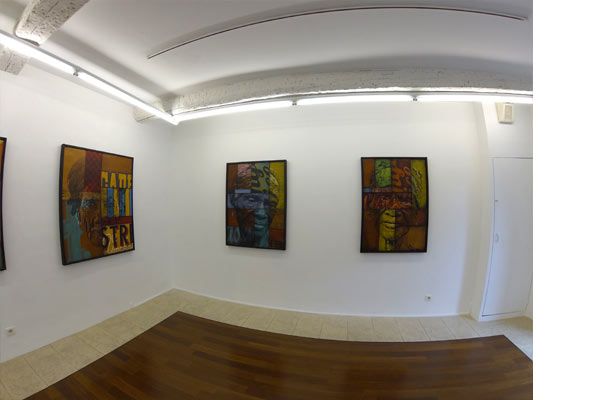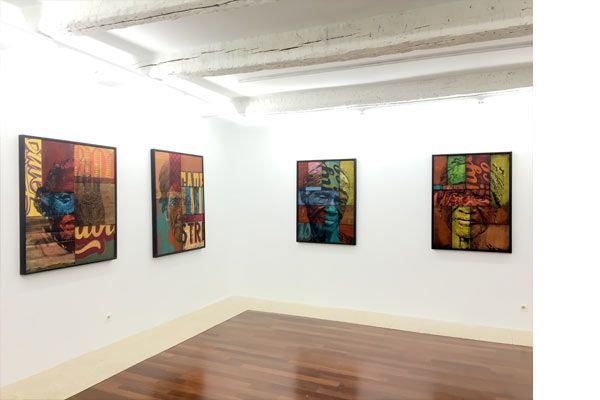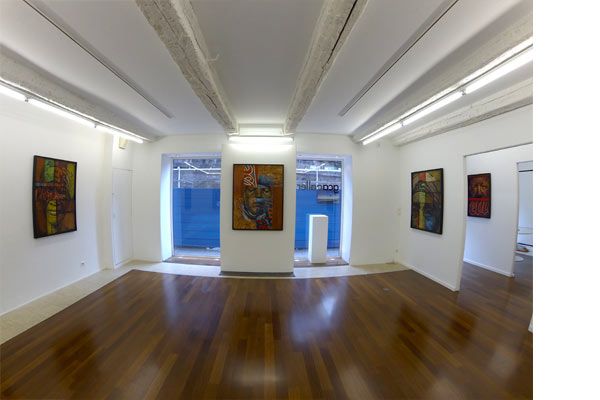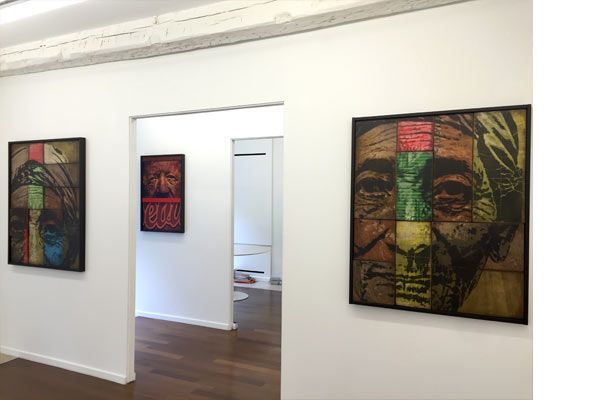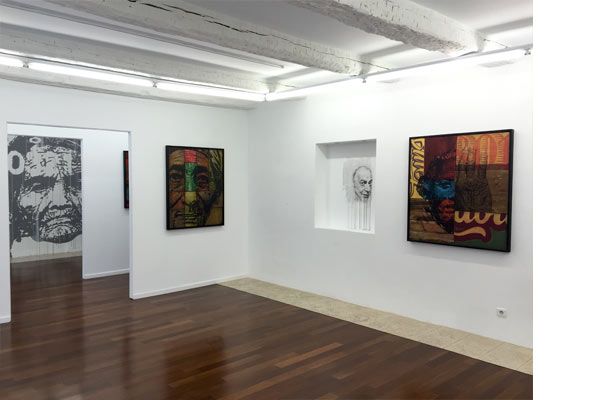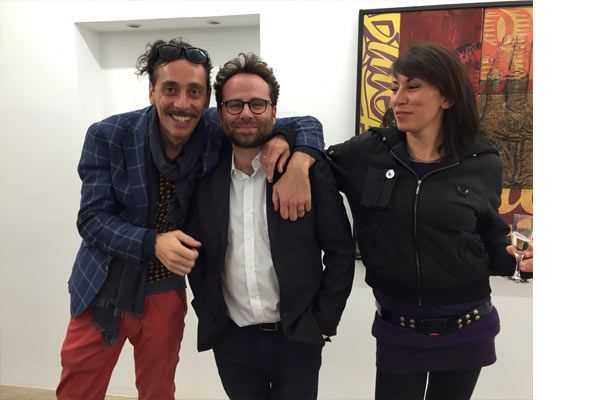EXHIBITION FROM MARCH 25th until JUNE 4th 2016
«I’ve painted Kings and prostitutes. I don’t paint people because of their fame. I paint those who inspire and thrill me.» (Tamara de Lempicka)
If the Ortica quarter is known to most Italians, the merit is largely due to Enzo Jannacci, a popularMilanese singer who, in 1966, sung with humour about the holdups of a gang led astray by a one-eyedlookout, native to this eastern suburb of Milan. Like all big cities, Milan has changed profoundly overthe last few decades. Ortica is no longer the part-country part-city quarter that Jannaci set to music, buta dynamic quarter from which the Orticanoodles duo borrowed part of its street name in 2004, whenWally and Alita started posting up their stickers and posters.
In those days, Milan had just hosted Arte Impropria (Inappropriate Art), one of the first internationalshows of the movement now known as street art; the city went on to host two other projects, TheUrban Edge in 2005 and Street Art Sweet Art in 2007, thereby turning it into an international capital ofstreet art. So the context was more than favourable for young artists who had decided to thoroughlyexplore street art. Since then, the visual guerrilla warfare of the early years has given way to morethoughtful street art, ready to turn social and historical issues into images, like the monumental frescoof partisan Francesca Rolla, painted in Carrare in 2013, just a few years after her death. Orticanoodlesaccompanied this change of attitude towards the street with an impressive development of thetechniques used to create its art. The stickers and posters of the early days effectively and graduallygave way to cut-out stencils, a technique in which Orticanoodles rapidly earned an internationalreputation, alongside the Spaniard B-Toy, American Logan Hicks or French C215. The latestchallenge to date, namely transposing stencils normally designed for small and medium-sized walls tomonumental scale, again placed Orticanoodles in the top rank, ready with its pots of colours tocompete with the large two-colour frescos painted by Polish stencil master M-City, or in three coloursby American Shepard Fairey, alias Obey. Their latest work to date, the impressive 55-metre tallchimney of the Branca factory in Milan has profoundly modified the quarter’s skyline. Nonetheless,the common point of most of their monumental works is their transformation into genuinepublic art projects, where spectators play a role in defining the subject and occasionally evenin making the murals.
For their first personal exhibition in France called Humans, Orticanoodles composed twodifferent series of works, representative of their research in recent years, around a commontheme, namely the portrait of anonymous characters the artists encountered throughout theirlife. The iconic power of the celebrities who often drew their attention, like Mandela,
Warhol,Basquiat and William Burroughs, now takes a back seat, leaving room for the faces thatOrticanoodles associates with life experiences, voyages and memories. A sort of self-portraitcomposed of the eyes of others on the artists, bringing to mind Luigi Pirandello’s famousnovel, One, No One and One Hundred Thousand, in which the writer becomes aware, due tothe research of Freud and Jung, that man is not one and that reality is not objective.
The first series of paintings, painted on wooden frames, pushes the stencil technique toextremes. Here the study does not aim to transform the medium into message, like the famousBanksy. The challenge is more about multiplying layers (cut acetate sheets), by 10, 15, 20, sometimes25, in order to generate a visual force capable of capturing, dialoguing and nourishing the spectators’eyes. For Orticanoodles, the message is not all. The clever mix between bits of faces, painted oncertain wooden boards comprising the work, and copies divided up according to the painted signs ofstore fronts of the Belle Epoque, generates an attractive street patchwork. Anonymous men andwomen meet in the painting, as they do in the city, exactly like in real life. The second series is moreradical and even exposes the stencil technique. In fact, the artists exhibit not the finished work paintedwith the aid of the stencil, but the acetate sheet cut out and used in the workshop. Placed between twoPlexiglass plates, the stencil is displayed in all its delicate transparency, whereas the light shed on theobject gives substance to the image on the wall.
From Ortica to the streets of the world, over the last decade Orticanoodles has made a name as one ofthe international references in stencil art. Their more recent monumental murals reflect the couple’sinterest in the endless improvement of this “Adobe” aesthetic, tied as much to the imaging softwareproduced by the brand as to the advent of the first Apple computers in middle class homes in the West.Nonetheless, the core of their research is still in the hands of the people and the street, whether to drawpassers-by’s attention to a great man or to capture, in its workshop work, one of the thousand and onepersonalities of the men and women we pass every day.
Christian Omodeo
